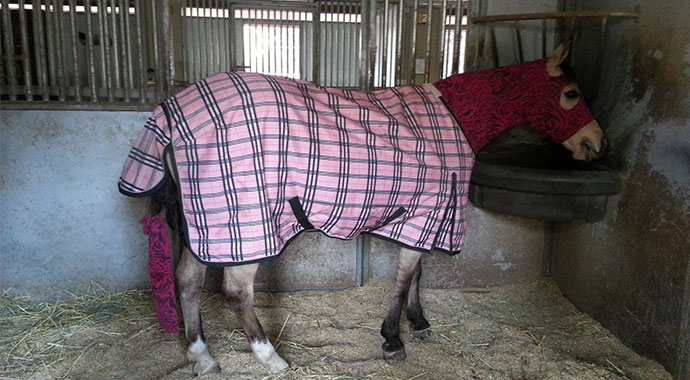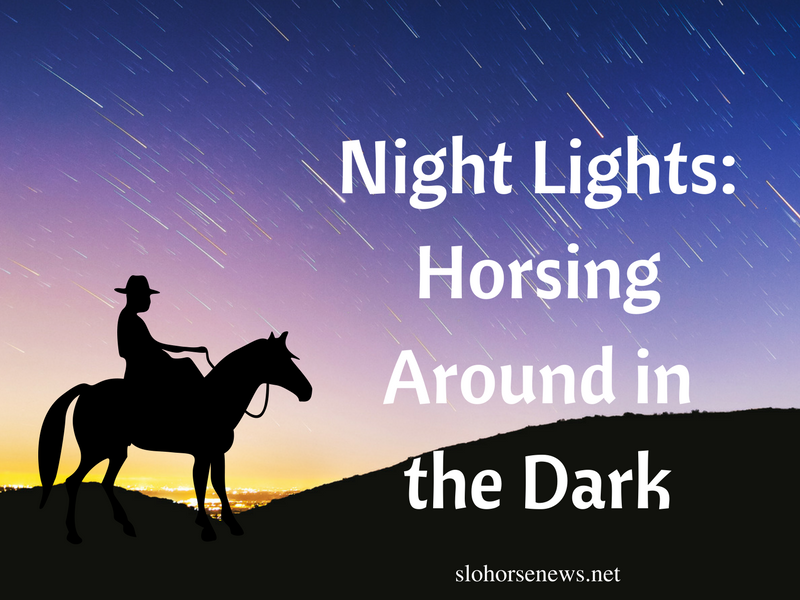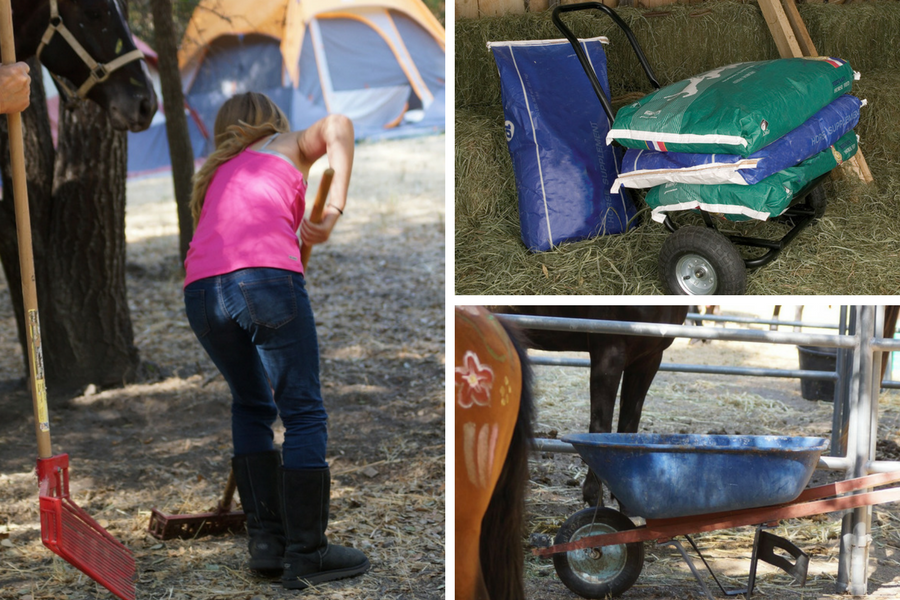In previous articles, we have explored the issues surrounding deciding whether or not to blanket your horse, as well as what type of blanket will best suit their needs. Now it is time to figure out when it is appropriate for your horse to wear his blanket, which is probably the most complicated part of this entire journey.
Blanket or Not to Blanket: Check the Temperature
The Central Coast is unique in that there are several distinct temperature zones, which are most easily divided in this way: North County, Inland South County, and the Coast. Of course, there are minor variations within these areas, called “micro climates”, but for the most part, the North County has higher highs and lower lows, the Inland South County is slightly more mild with less temperature variation, and Coastal temperatures are much milder, but also more damp and prone to fog and rain. In order to decide when you should throw on your horse’s blanket, you have to be mindful of the temperatures in your area on any given day.
Most horses are only going to need to wear their blankets at night, or on rainy days, unless, of course, they have been clipped or kept on lights to maintain a show coat, in which case they will typically wear a “sheet” during the day and a blanket at night. If you are like most people these days, you have a “smart phone”, and one of the most helpful “apps” for the horse person is a good “weather app” that can be checked each morning so that you know the daytime high and the nighttime low. With this information, you will be able to decide if it is appropriate for your horse to wear their blanket.
Horse Blanketing Chart
Here is an “at a glance” chart to help you decide when to blanket your horse. The guidelines listed are based on “nighttime” temperatures without rain or heavy wind:
For the normal, unclipped, horse with a generally good coat and no special needs:
40 Degrees: Low Fill Blanket
30 Degrees: Medium Fill Blanket
20 Degrees: Heavy Fill Blanket
Adjusted for the body clipped or “show coated” horse (also older horses with weight management issues or horses with particularly thin coats or special needs):
50 Degrees: Low Fill Blanket
40 Degrees: Medium Fill Blanket
30 Degrees: Heavy Fill Blanket
**Remember, if your horse lives in a barn with no outside access, the temperature inside will likely be several degrees warmer than the ambient outside temperature, especially if the barn doors are closed at night and there is no breeze or wind through the stalls; blanket according to the inside temperature of the barn, not the outside temperature.
When to Take the Blanket Off
If the nights are cold or cool, but the days warm up to more than 50 degrees, you should pull off your horse’s blanket, or for the “show coated” horse, change him into a sheet. The direct sunlight and temperature differential will cause most horses to sweat if they are left in their “nighttime” blankets during the day. If the temperatures rise to between 50 and 60 degrees, but it is a rainy, particularly windy, or damp day with no direct sunlight and a heavy cloud cover, you can leave a “low fill” blanket on your horse, or a waterproof blanket, as appropriate, throughout the day.
North County residents will find that they are typically going to have to blanket their horses for a slightly longer period of time, as nighttime temperatures can start to drop earlier in the year, and they also have to deal with the “freeze factor”. Inland South County residents may have a slightly shorter season when it comes to blanketing, but they will still have to deal with the daytime to nighttime temperature differential. Coastal residents will find that temperatures remain milder, and nights don’t get quite as cold quite as early in the season, but they also have to contend with damp, foggy nights that make waterproof or water resistant blankets more necessary.
In the end, it is always a bit of a guessing game when it comes to blanketing your horse. If you are unsure of what type of blanket to choose or when your particular horse should be wearing it’s blanket, it is best to consult your veterinarian, horse trainer, or an experienced “horse friend”. Remember, your main goal is your horse’s comfort and health above all else.




